BY JENNIFER SUMMERLIN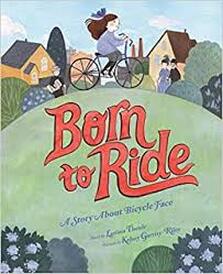 The Notable Children’s Books in the Language Arts Committee (NCBLA) read and reflected on over 400 of the newest books (published in 2019) for readers in grades K-8. Committee members considered the following qualities for choosing the final 30 titles to make the NCBLA Notables 2020 list:
I will start by providing a brief summary, followed by corresponding primary source images and instructional strategies for maximizing text and supporting visual literacy. Coupling quality historical fiction texts with visual primary sources like infographics, charts, graphs, photographs, illustrations, or political cartoons affords opportunities to critically explore and unpack images, while building background knowledge and making connections to the text (Lent, 2016; Harris, 2010). Summary This beautiful picture book features one strong-willed young girl, Louisa Belinda Bellflower, determined to learn to ride a bicycle. This story, set in Rochester, New York in 1896, tells of a brother and sister (Louisa and Joe) who, like other siblings, play and disagree. Although typical siblings, the difference is the topics of their disagreements, which tend to focus on the things boys can do that girls cannot. Louisa is discouraged from wearing anything other than a dress, limiting her ability to do cartwheels or learning to ride a bicycle (also off limits for girls). Louisa is determined to ride a bike, even if it means contracting “bicycle face,” a permanent result of scrunching your face and bulging your eyes while trying to balance the bike. Louisa Belinda Bellflower will not be stopped as she works to prove to her brother and boys everywhere that girls can and should ride a bicycle. Primary Visual Source The Library of Congress website features a variety of visual primary sources depicting women as a collective part of the late 19th century bicycle frenzy. The bicycle, commonly referred to as the wheel, was an instrumental vehicle of progress for the women’s movement and their fight for voting rights. Globally, women began riding bicycles, finding new freedom in their mobility. With this increased transportation came a greater public presence of women, allowing increased likelihood of their voices to be heard. Two primary visual sources are: The “new” woman and her bicycle by Frederick Burr Opper and Woman in a room with a bicycle saying to a man and child, “Sew on your own buttons, I’m going for a ride” photographer unknown. Primary Visual Source: The “new” woman and her bicycle
Primary Visual Source: Woman in a room with a bicycle saying to a man and child, “Sew on your own buttons, I’m going for a ride”Website: https://www.loc.gov/pictures/resource/cph.3a50886/ Title: Woman in a room with a bicycle saying to a man and child, “Sew on your own buttons, I’m going for a ride.” By: Unknown Date Created/Published: 1899, Stereo Copyrighted B. L. Singley Summary: This printed photograph was doubled and placed on cardboard to create a stereo card for a stereograph machine. A stereograph machine was used to make pictures look three dimensional, similar to an old-fashioned view-master. To learn more about the stereograph, view the video at the What is a Stereograph? webpage of Middlebury College's Museum of Art. The image on the photograph is of a woman standing in her home with her bicycle beside her. Looking closely, you see she is gesturing for a little boy to take a piece of fabric or clothing from her. Art critics suggest the picture seems staged because the bicycle being held by the woman is very large and does not have the lower crossbar that is typical of a woman’s bicycle. Notice that the woman’s attire in the picture does not support riding a bicycle. However, as more women began using bicycles for transportation, changes in clothing, such as bloomers, allowed them to ride comfortably. Prior to these changes in clothing styles, women were pictured seated sideways to accommodate their long dresses. Questions for Analysis:
Text Connection: Revisit Born to Ride: A Story About Bicycle Face with students. Before rereading, ask the students to pay close attention to what the women are doing throughout the book. After reading, discuss all of the things the women are doing from the beginning to the end of the text. Begin a conversation about why there might be concern and discouragement from others (men and women) when it comes to women riding bicycles. Ask the students what connections they can make between the photograph and the text. To wrap up the conversation, ask students about potential origins of the “Bicycle Face” affliction. Share the author’s note, “About Bicycle Face” and “From Bicycles to Votes.” To conclude the session, have students work in pairs to complete T-Charts, transcribing their learnings with specific, supporting evidences. References(ca. 1899) Woman in a room with a bicycle saying to a man and child, "Sew on your own buttons, I'm going for a ride"., ca. 1899. [Photograph] Retrieved from the Library of Congress, https://www.loc.gov/item/2006683468/. Harris, B.R. (2010). Blurring borders, visualizing connections: Aligning information and visual literacy learning outcomes. Reference Services Review, 38(4), 523-535. doi: 10.1108/00907321011090700 Lent, R. C. (2016). This is disciplinary literacy: Reading, writing, thinking and doing…Content Area by Content Area. Thousand Oaks, CA: Corwin SAGE Publications. Opper, F. B. (1895) The "new woman" and her bicycle - there will be several varieties of her / F. Opper. , 1895. N.Y.: Published by Keppler & Schwarzmann. [Photograph] Retrieved from the Library of Congress, https://www.loc.gov/item/2012648801/. Theule, L. (2019). Born to ride: A story about bicycle face. New York, NY: Abrams Books for Young Readers. Jennifer Summerlin is an Assistant Professor of Reading at the University of Alabama at Birmingham. Her research examines construction of knowledge among preservice teacher candidates, supporting literacy best practices within the P-12 classroom, and reading intervention. Jennifer is a member of the 2019 Notables Committee. She can be reached at [email protected]. BY MARY ANN CAPPIELLO on behalf of The Biography Clearinghouse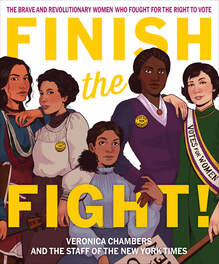 As we approach the final quarter of 2020, fires rage along the West Coast. Many regions of the United States face drought conditions. Gulf communities are inundated by Hurricane Sally while a string of storms line up in the Atlantic, waiting their turn. The impact of climate change is evident. COVID-19 continues to wreak havoc on our lives, our health. We bear witness to the disproportionate impact of COVID-19 on minoritized groups, including Black and Latinx communities, Native Americans, and the elderly. Across America, Black Lives Matter protests carry on, demanding that our nation invest in the essential work necessary to achieve a more perfect union through racial justice. In 2020, we remember moments of historic change, commemorating the 30th anniversary of the Americans with Disabilities Act and the 100th anniversary of the 19th Amendment. 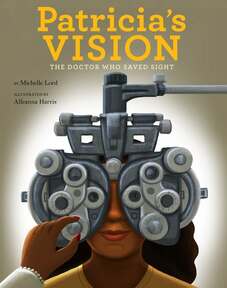 The intensity of this moment can’t be denied. It’s demanding. It’s exhausting. Whether you are a teacher, librarian, or university faculty member, you are likely teaching in multiple new formats and modalities, facing daily logistical challenges. Caregivers also face new hurdles in supporting young people’s learning. How do you meet the needs of students and the needs of this moment in history? How do you find hope in literature? Perhaps one way is to turn to the people of the past and the present who are working on the edges of scientific knowledge. Or, to turn to the people of the past and the present who have acted as champions of social justice. Their life stories offer young people models of agency and action, blueprints for change. To that end, The Biography Clearinghouse shares 20 biographies for 2020, a list of recent picturebook and collected biographies to connect with the challenges of the moment. This list is not comprehensive. It is simply a starting place. We hope these recently published biographies of diverse changemakers can become part of your curriculum or part of your read aloud calendar, in-person or over video conferencing software. Biographies About ScientistsBiographies About Champions for Change
If you have any picture book or chapter-length biographies or collected biographies for young people that you would like to recommend, please email us at [email protected]. We’re also interested in hearing more about how you’re using life stories in the classroom this year. Mary Ann Cappiello teaches courses in children’s literature and literacy methods at Lesley University, blogs about teaching with children’s literature at The Classroom Bookshelf, a School Library Journal blog, and is a former chair of NCTE’s Orbis Pictus Award for Outstanding Nonfiction K-8. MARK YOUR CALENDARS!
Ongoing EventsNCTE Member Gatherings
A series of member-exclusive online gatherings. Each event "fosters conversation, brings new ideas, and builds relationships with your fellow NCTE members during the isolating time of COVID-19."
Registration and information link. NCTE Learning on Demand Web Seminars
“Learn from leaders in our field from the comfort of your couch. On Demand Web seminar recordings include all audio, video, chat, and discussion from past live events.”
Information link. ALA Online Learning"ALA eLearning--webinars, courses, workshops, e-forums and more--covers library-related fundamentals, advances, trends, and hot topics for all types of libraries. Find the online options that can best keep you and your colleagues and staff current."
Registration and information link. ILA Digital Events
“ILA Digital Events range from high-quality professional development opportunities to engaging discussions on timely topics. These events also give you a chance to become active within the ILA community, provide access to high-quality online resources, and connect with like-minded educators at a time and place that's convenient for you.” Registration and information link. BY LIZ THACKERAY NELSON & MARGARET OSGOOD OPATZ 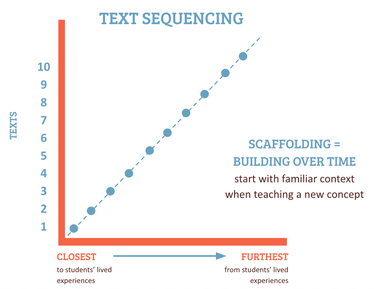 As former teachers, we are familiar with our students’ common refrain: “What does this book have to do with me?” Helping our students connect to what we teach in meaningful ways increases motivation, engagement, and overall learning (Guthrie & Wigfield, 2000). In this blog post we want to explore how creating and sequencing text sets to foster student background knowledge helps students make meaningful connections and increases reading engagement. The importance of readers’ background knowledge has been acknowledged for decades (Anderson, Reynolds, Schallert, & Goetz, 1977; Cunningham & Stanovich, 1998; Reynolds, Taylor, Steffensen, Shirley, & Anderson, 1982), yet in schools throughout our country readers are placed in texts that are decontextualized and reflect a lived experience very different from their own, making it challenging to construct meaning from the text and ultimately learn from it (Fleming, Catapano, Thompson, & Ruvalcaba Carrillo, 2015). This is particularly true when it comes to the informational content presented in science. To support readers in comprehending and learning from texts, teachers can reshape the curriculum by beginning with students’ lived experiences in mind. Reshaping the curriculum includes the use of high-quality literature sequenced in a way that begins with familiar content and contexts and then moves further from students’ lived experiences to the expected or mainstream curriculum. Learning about Animal Adaptations in an Urban Setting For example, when addressing science standards to teach about how animals adapt to their environment, many units of study focus on exotic animals such as those found in the Amazon Rainforest, the Serengeti, or Australian Outback--using texts such as I See a Kookaburra! (Jenkins & Page, 2005) , Biggest, Strongest, Fastest (Jenkins, 1997), or What Do You Do With a Tail Like This? (Jenkins & Page, 2008). While it certainly isn’t bad to teach about exotic animals and their unique ecosystems, to help students first understand how animals function in their unique habitat, it can be beneficial to begin with animals that are closer to students’ lived experiences. Therefore, before moving to texts that showcase exotic animals, we suggest using texts such as Please, Puppy, Please (Lee & Lee, 2005), Animal Babies in Towns and Cities (Kingfisher, 2005), City Critters: Wildlife in the Urban Jungle (Read, 2012), or Urban Roosts: Where Birds Nest in the City (Bash, 1992). These texts allow you to focus on animals that students who live in urban settings can observe in their own environment. Imagine students reading Urban Roosts: Where Birds Nest in the City (Bash, 1992), a book which illustrates several urban locations where birds live and nest (e.g., in a storefront light, under the awning of a building, on a statue that stands on a street corner, in a stoplight). Then, as students walk outside of their school building (or their homes if they are learning online right now), they start to notice the birds that roost on the building’s exterior doorways, creating firsthand experiences of animals adapting to their environments, and opportunities to talk about scientific content beyond the school texts and science class. When meeting as a class again, students discuss how the birds have adapted to and thrive in the urban environment. By situating school texts in familiar contexts, students are able to build background knowledge before being expected to grasp concepts in faraway, unfamiliar places. Because we live in an urban area, we would sequence our animal adaptation text set like this: Based on the area where you live, you may want to change the order of the texts. For example, salamanders are very common in some parts of the United States, so teachers in that area may want to move Salamanders by Molly Kolpin closer to the beginning of the text set. Explanation of Text SequenceCreating & Sequencing Your Own Text SetTo create and sequence text sets that begin with students' lived experiences and progress outward, we propose 5 steps:
ReferencesAnderson, R. C., Reynolds, R. E., Schallert, D. L., & Goetz, E. T. (1977). Frameworks for comprehending discourse. American Educational Research Journal, 14(4), 367-381. Cunningham, A. E., & Stanovich, K. E. (1998). What reading does for the mind. American Educator, 22, 8-17. Fleming, J., Catapano, S., Thompson, C. M., & Ruvalcaba Carrillo, S. (2015). More mirrors in the classroom: Using urban children’s literature to increase literacy. Lanham, MD: Rowman & Littlefield. Guthrie, J.T., & Wigfield, A. (2000). Engagement and motivation in reading. In M.L. Kamil, P.B. Mosenthal, P.D. Pearson, & R. Barr (Eds.), Handbook of reading research: Volume III (pp. 403-422). New York: Erlbaum. Reynolds, R.E., Taylor, M.A., Steffensen, M.S., Shirey, L.L., & Anderson, R.C. (1982). Cultural schemata and reading comprehension. Reading Research Quarterly, 353-366. Liz Thackeray Nelson is a doctoral student at the University of Utah in Educational Psychology. Her research interests include writing, multiliteracies, and children's literature. She is currently serving as the chair for the CLA Membership Committee. Margaret Osgood Opatz is a doctoral student at the University of Utah in Educational Psychology. Her studies include reading, literacy, and linguistics. She is a past recipient of the CLA Bonnie Campbell Hill National Literacy Leader Award. By Jennifer Graff and Courtney Shimek on behalf of the Biography Clearinghouse As shared in our initial Biography Clearinghouse post, we are committed to showcasing how biographies can help connect youths with each other and the world. Offering curricular possibilities that are easily adaptable to grade level, time, and other contexts and providing “behind-the-scenes” content from biography creators are central components of our commitment. 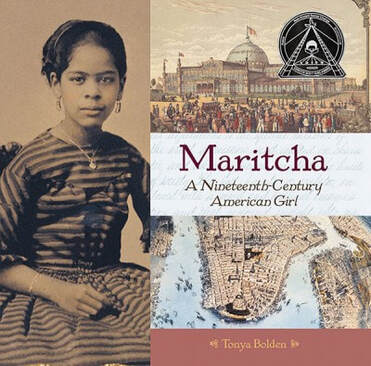 In the spirit of returning to school and the desire to amplify the historical achievements of Black people in the U.S., we showcase the story of someone committed to justice and equity her entire life. “A child of New York City’s striving class of Blacks in the mid-1800s" (p.5) whose ideals were to “Aim high! Stand tall! Be strong! -- and do!” (p.5); a girl whose mother was “an ace operator for the Underground Railroad” (p.21); and an educator who wrote, “I never forgot that I had to sue for a privilege which any but a colored girl could have without asking” (p.36). Thus, our first featured biography on the Biography Clearinghouse website is Tonya Bolden’s award-winning Maritcha: A Nineteenth-Century American Girl. Bolden felt compelled to write about Maritcha after coming across her memoir at the Schomburg Center for Research in Black Culture. Bolden’s rich, descriptive language and use of primary and secondary sources illuminate the life and experiences of Maritcha Rémond Lyons and her family in New York City during the latter half of the 19th century. Readers discover what life for Blacks was like in New York City, witness the terror and violence of the Draft Riots in 1863, and experience the fight for education and equal treatment. Bolden’s discussion of her research and writing process in the front and back matter as well as Maritcha’s perseverance, determination, and legacy inspired us to interview Bolden and imagine how we could incorporate this powerful biography into our classrooms. Operating within our Investigate, Explore, and Create model, we designed teaching ideas geared toward literacy and content area learning as well as opportunities for socio-emotional learning and strengthening community connections.
Getting to Know Your Community Leaders
Community networks were central to Maritcha’s story as well as her and her family’s accomplishments. The importance of community networks is still present today. But how often do we have opportunities to delve deeper into the community networks that help us survive, if not thrive?
By investigating biographers’ research and writing processes and connecting people and historical events to our modern lives, we hope to motivate change in how readers engage with biographies, each other, and the larger world. To see more classroom possibilities and helpful resources connected to Marticha: A Nineteenth Century American Girl, visit the Biography Clearinghouse. Additionally, we’d love to hear how the interview and these ideas inspired you. Email us at [email protected] with your connections, creations, questions, or comment below if you’re reading this on Twitter or Facebook. Jennifer M. Graff is an associate professor at the University of Georgia, the current past-president of CLA, and a former committee member of NCTE’s Orbis Pictus Award for Outstanding Nonfiction for Children. Courtney Shimek is an assistant professor at West Virginia University and has been a member of CLA since 2015. |
Authors:
|
CLA
About CLA
|
Journal of Children's Literature
Write for JCL
|
ResourcesCLA-sponsored NCTE Position Statements
|
Members-Only Content
CLA Video Library
|
© COPYRIGHT 2018.
ALL RIGHTS RESERVED |

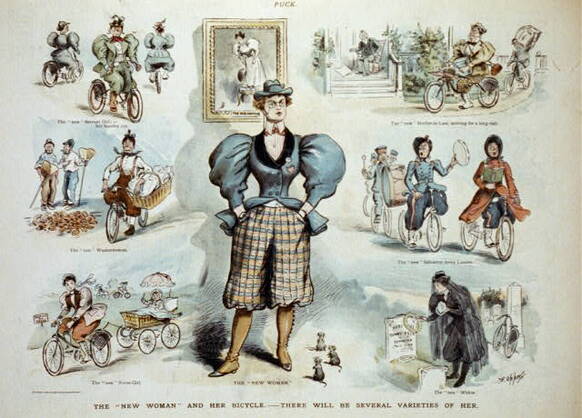
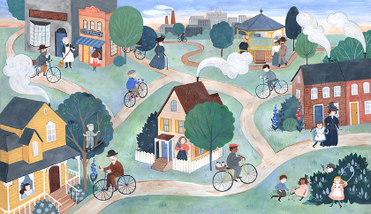
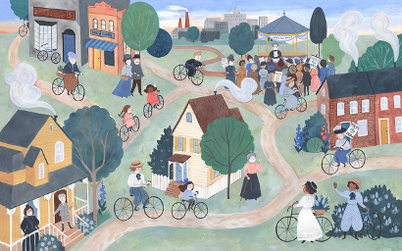
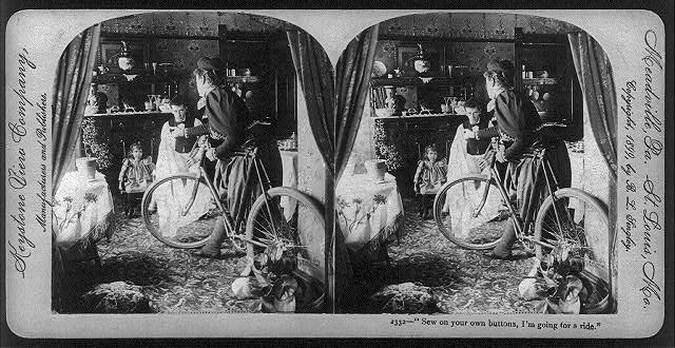
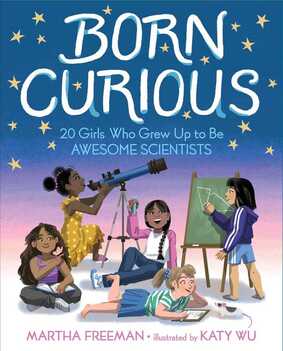
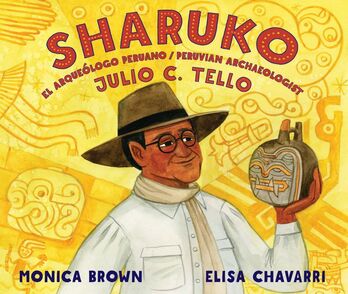
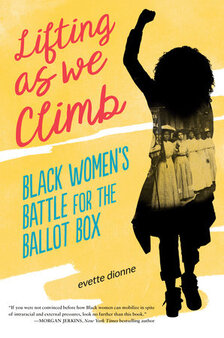
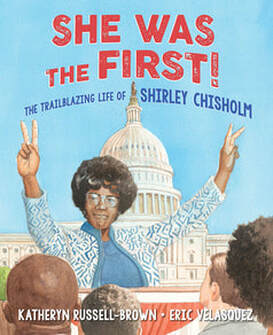
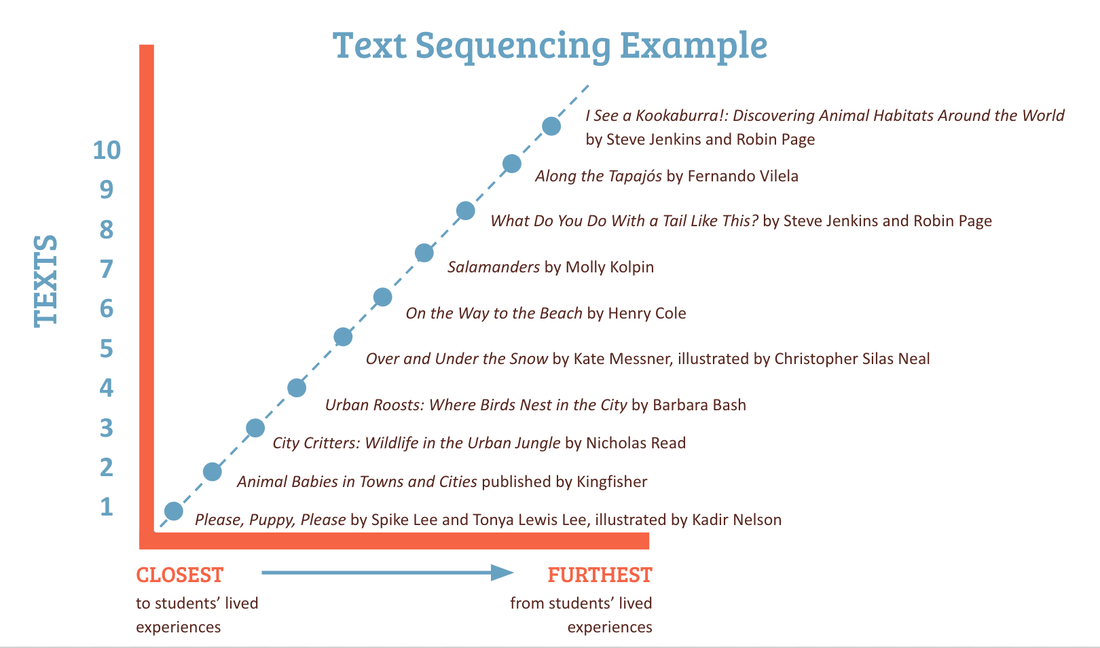
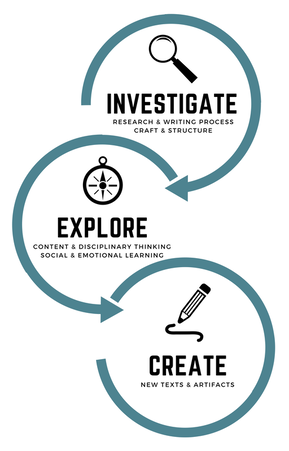
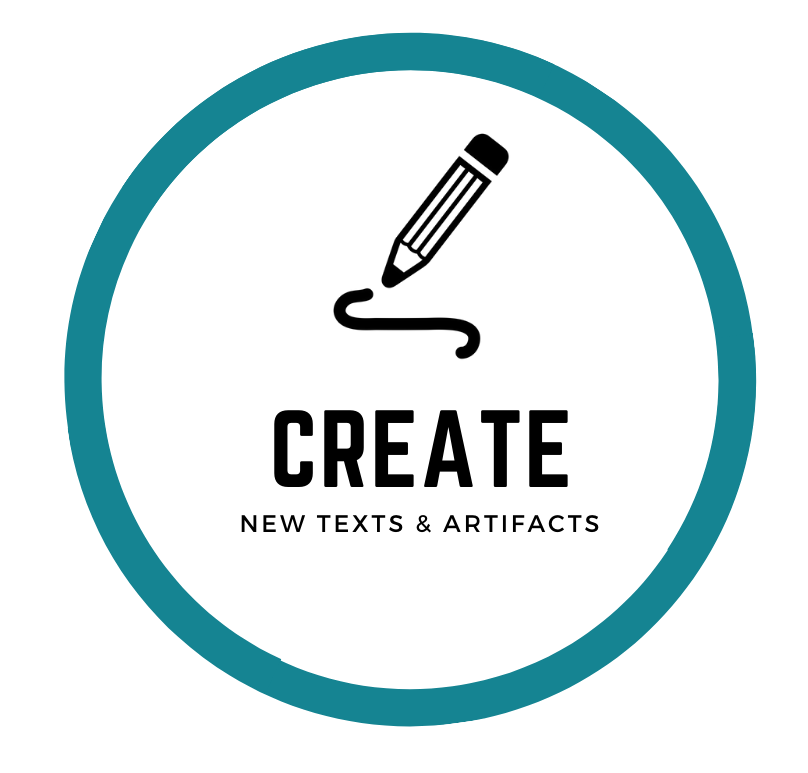
 RSS Feed
RSS Feed